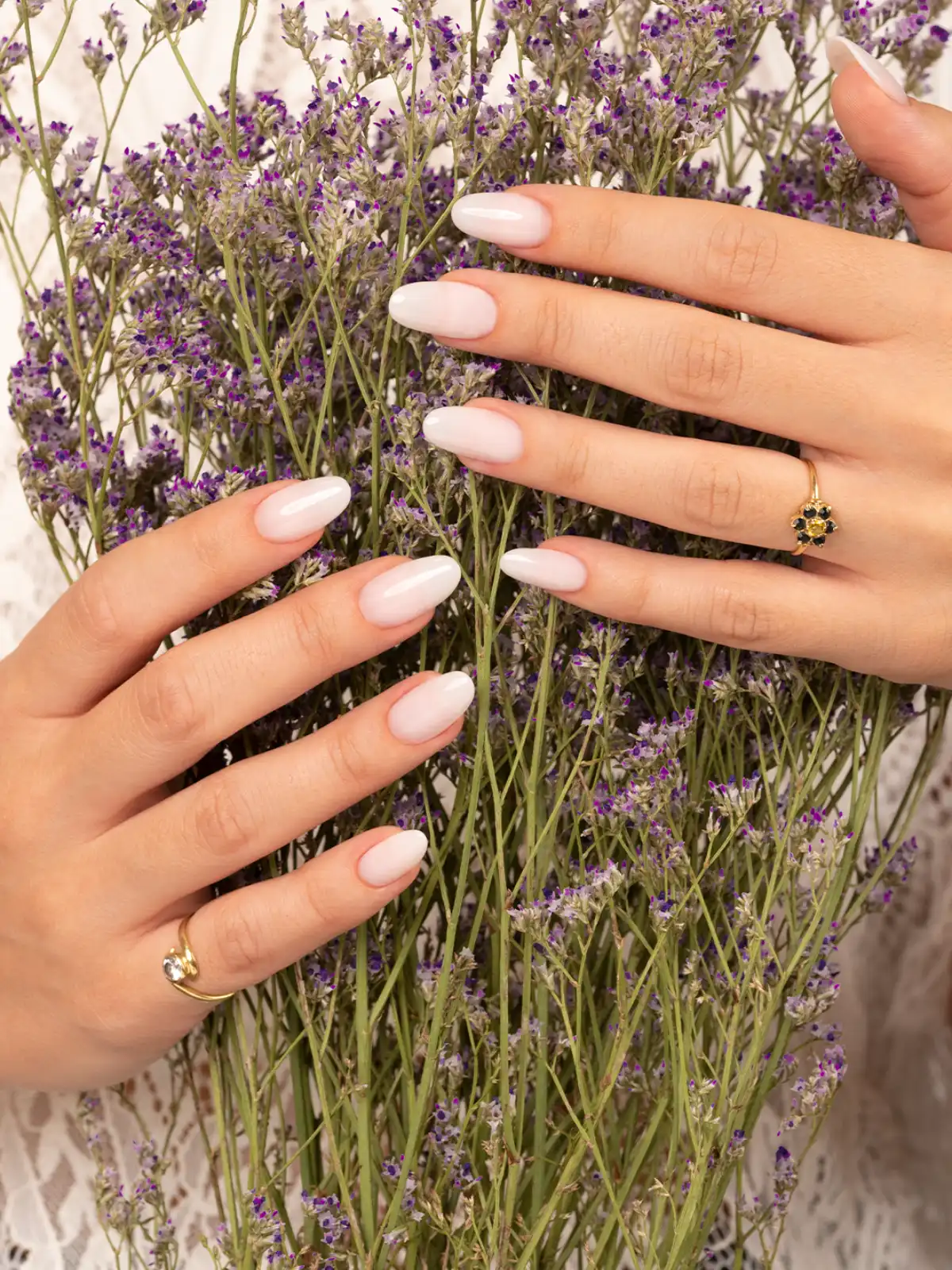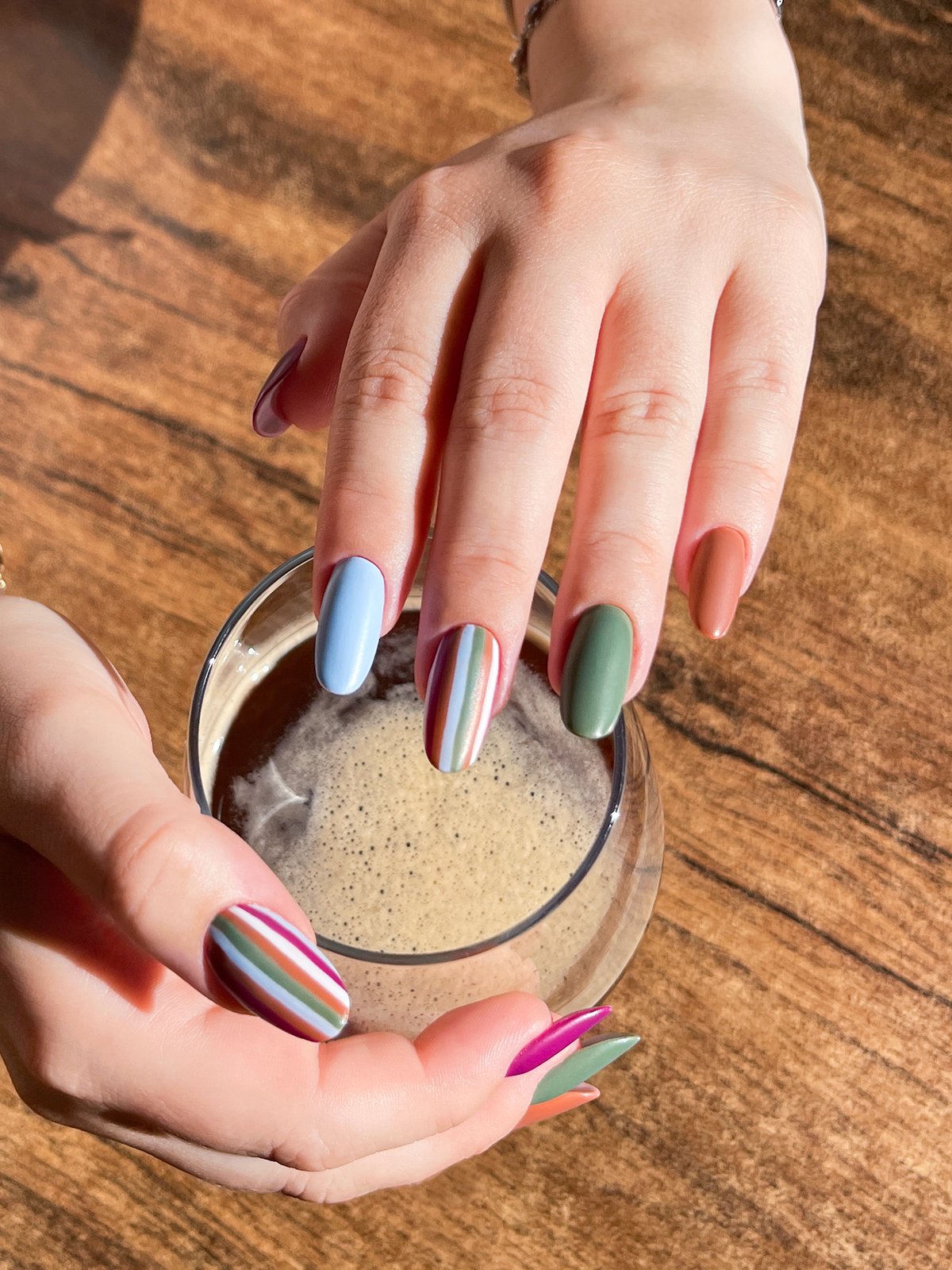Four manicure techniques to know: Russian, Japanese, Italian and Brazilian
.png)
There are different manicure techniques for treating nails and cuticles, some more famous than others. In this article we will take an in-depth look at four different philosophies, discovering the various methods with which nails and cuticles can be treated and cared for. Find out which is best for you!
There is no single method for working your nails, just as there is no 'right' and 'wrong' technique. There are four popular manicure techniques currents of thought from different countries, each with its own vision of aesthetics and beauty standards. Over time, the various methodologies have spread around the world giving us the opportunity to choose what we prefer. Let's dive into these techniques together!
Russian manicure (Dry manicure)
The Russian manicure is called Dry manicure precisely because every procedure is performed 'dry'. While the use of oils and lotions would soften the skin and cuticles, the application of gel products would be slightly more difficult and the result less durable. The reason for working 'dry' is to push back the cuticles more easily, so that the colour can be applied as close to the cuticle area as possible. In this way, regrowth will be much less noticeable and the nail bed will be even and tidy.
To perform the Russian manicure, it is necessary to master the use of E-file to perfection and to be familiar with the various bits to be used. Such knowledge will allow you to work comfortably, without worrying about the possibility of damaging your clients' skin and nail plate. If this technique fascinates you and you would like to try it out, we recommend you seek the advice of experienced personnel and avoid do-it-yourself, especially if you are a beginner.
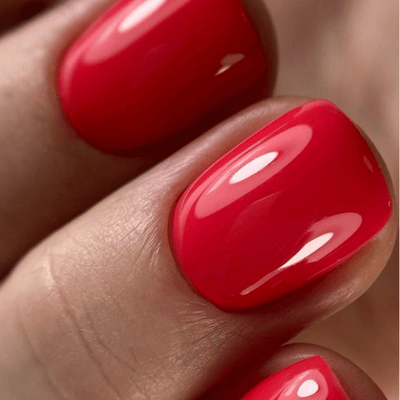

Japanese manicure (P-shine)
The Japanese manicure, also known as P-shine, reflects the meticulous hand care that has always been a hallmark of Japanese culture.
During the most important Japanese dynasties, those who belonged to a high social class had impeccable care of their hands as a whole. Strong, healthy and shiny nails without the need for artificial applications was a clear sign of belonging to the nobility. In contrast, peasants and labourers had ruined hands due to hard work. The Japanese manicure involves nail care and nourishment using natural ingredients, in particular beeswax.
This process is also called P-shine, precisely because one of the priorities is to make the natural nail shine. No gel polish is applied, as the aim is to strengthen the nail bed without using products with chemical components. In the Far East, they actually use files covered with chamois leather to be even less invasive. Such a nourished nail bed will be naturally shiny for at least two weeks and becoming stronger and healthier as time goes by. A special treat? Your fingers are massaged during the session to improve blood circulation and make you feel completely cuddled.
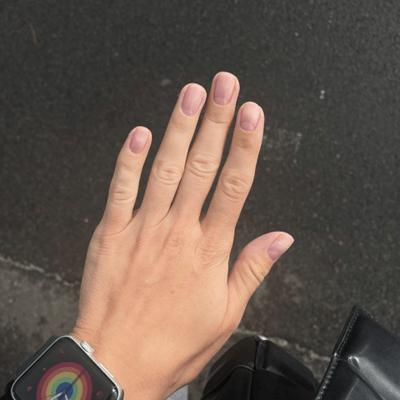

Italian manicure
The artist Alexandra Teleki, owner of a major salon in England, has fallen in love with the Italian manicure and has promoted and spread it with her clients and students. The method consists of applying the gel polish on the edge of the cuticle, without touching it.
The use of the cuticle pusher is allowed, but without overdoing it and risking damaging or bleeding the fingers. Gel polish is applied without touching the sides of the nail plate, giving even a wider nail a narrower and more elongated appearance. In this way, even less tapered fingers will look thinner, also helped by the tendentially square shapes in vogue in Italy. Keep in mind that in Italy you will rarely see nails with a pointed shape or extreme lengths. This style lends itself well to being applied on the whole lamina, without the use of additional negative spaces besides those on the sides of the nail already allowed for by the technique. Italian manicure enhances any shape and length, but has one small inconvenience: slightly more visible regrowth! Simply book an additional appointment in your favourite beauty centre and you're good to go!
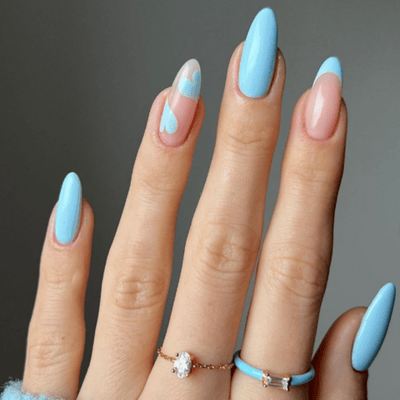

Brazilian manicure
Did it take you years to learn how to apply nail polish carefully and precisely? Forget it. The Brazilian manicure involves applying colour in a totally random manner, even on fingers.
The first step is to file the nail to the desired shape, then the hand is soaked in warm water to soften the skin so that the cuticles can be gently pushed back with a wooden stick. Afterwards, gloves soaked in moisturising agents are put on and the skin is exfoliated for 15 minutes, so that the dead cells leave with little effort. Now you can proceed with applying the nail polish (this technique cannot be done with any UV gel product), without paying attention to the edges. Excess is removed with a stick soaked in solvent before the colour dries. What if the excess is not completely removed from the cuticles? No problem, they can be cut. It is essential that the operation is carried out by a specialist - don't risk any bleeding because you want to try this technique at home and always rely on an expert.
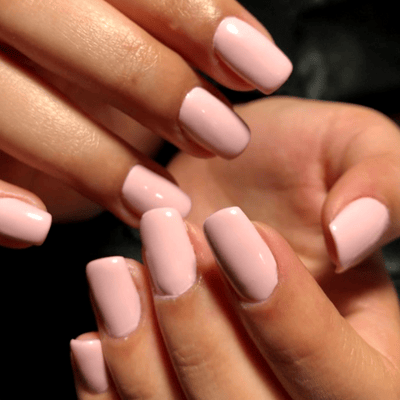
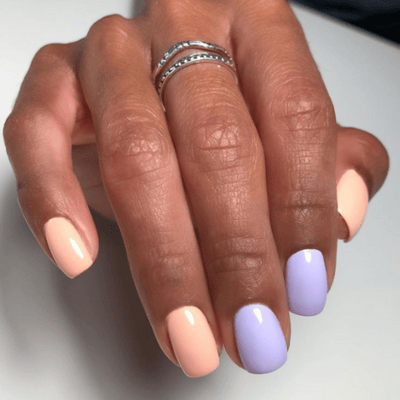
You are now familiar with the world's most popular methods, each with its pros and cons. If you do not have a trained hand or are not yet familiar with the necessary technical tools, we suggest you consult your trusted nail technician. Don't run the risk of damaging the structure of the nail plate and cuticle, it is important to rely on professionals. Now all you have to do is experiment and have fun, discovering step by step the best solution for you!

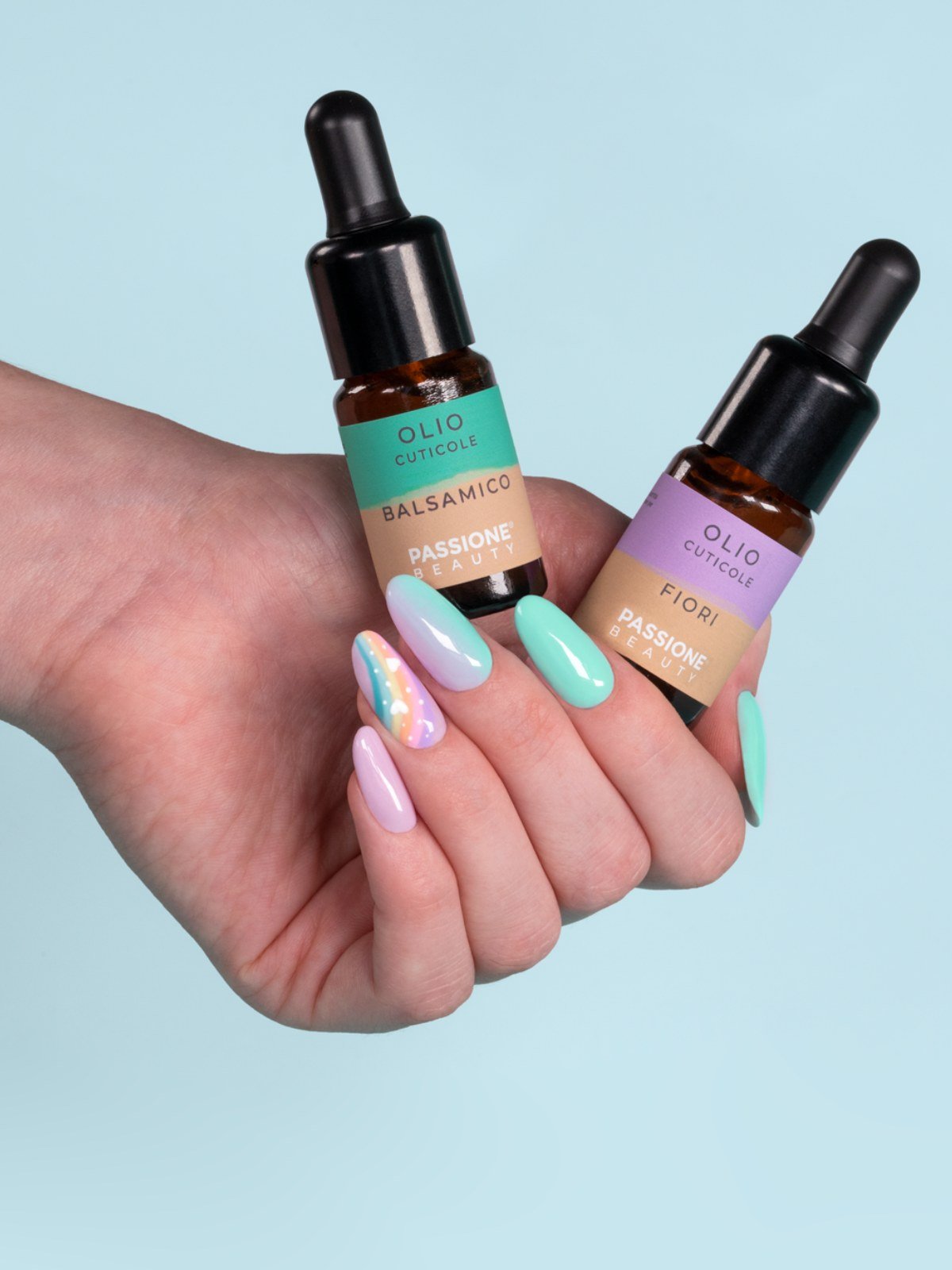



.png)
